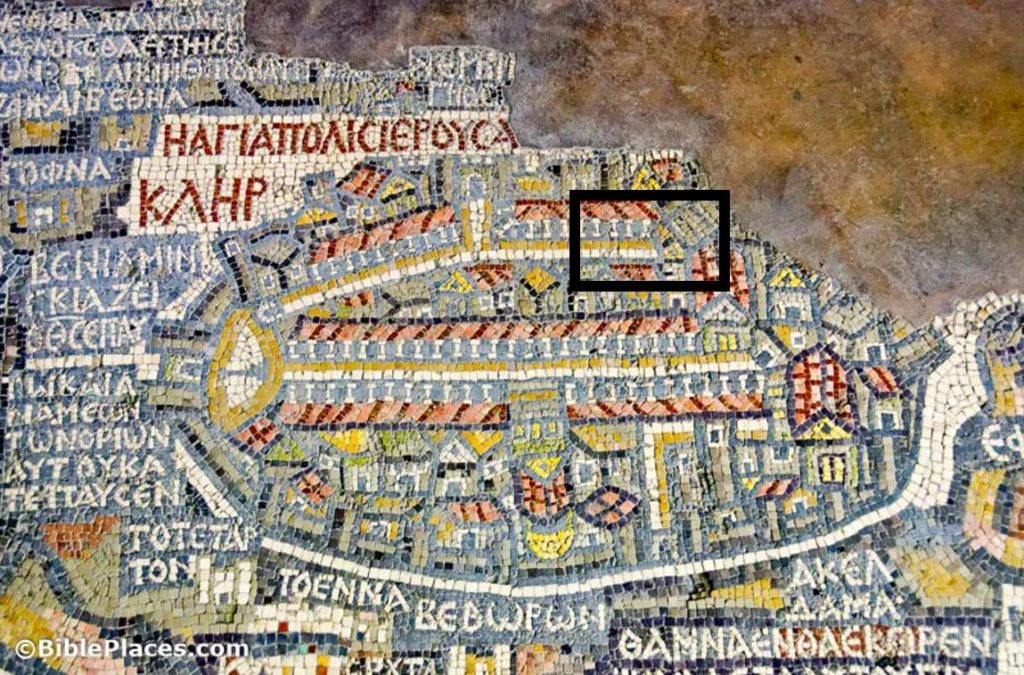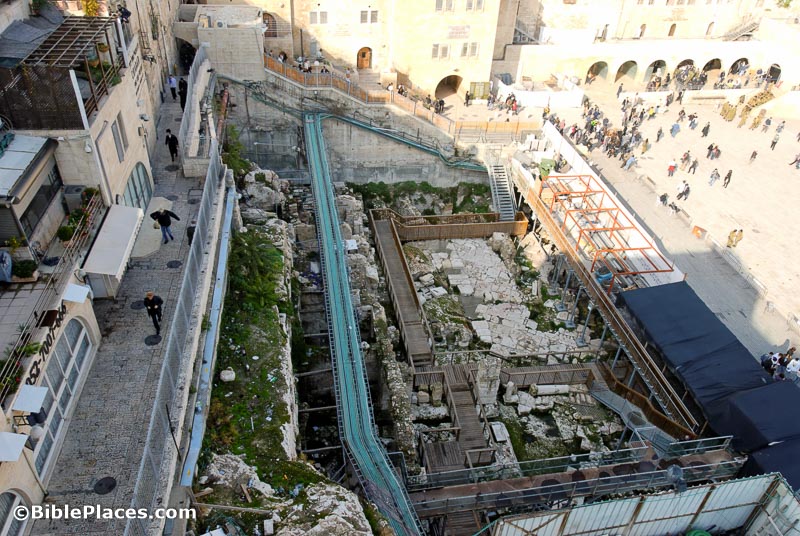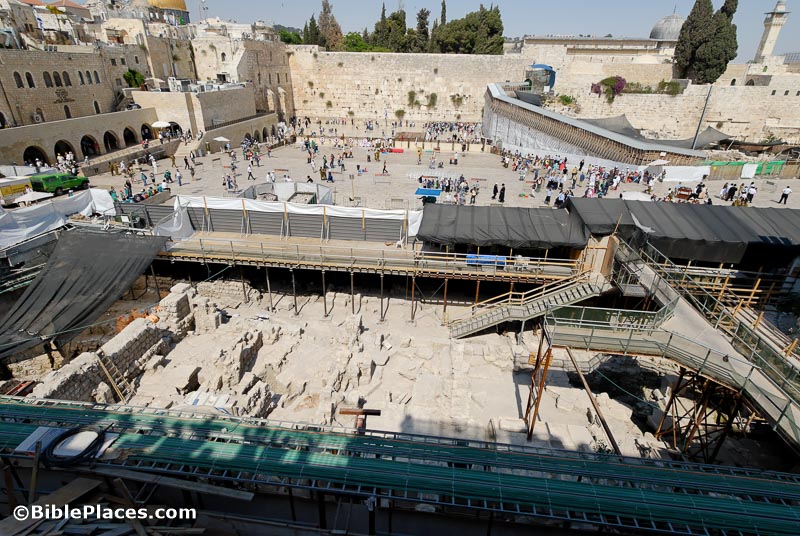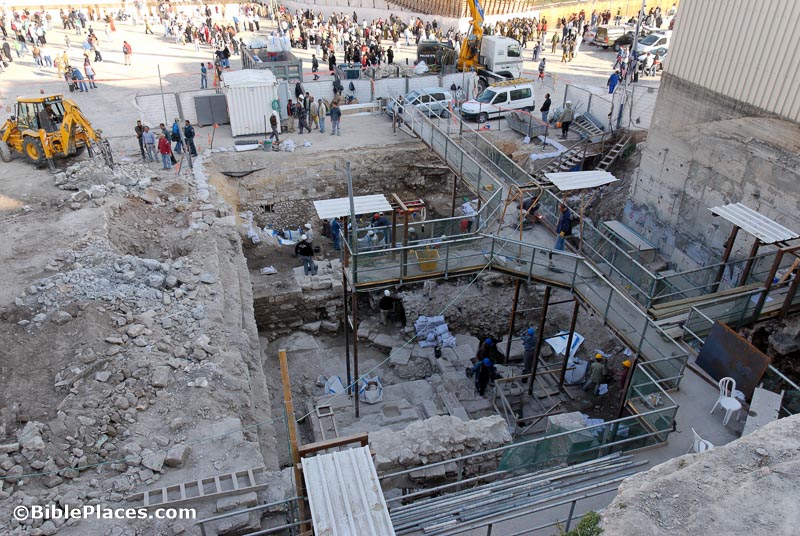We have collected 40 items so far from the last two weeks, and I’ll think we’ll break it up into three parts, going through Monday.
If you’ve prayed at all for those affected by the Saugus High shooting, thank you. My oldest sons graduated from the school, and my two daughters are students there now. They were not on campus at the time, but they have friends who were wounded and traumatized. Our church is a central gathering place for students as they process everything. You can pray that we will be faithful and wise. And now to the stories…
National Geographic is the latest to report on the Siloam Street excavations and the attendant controversy, along with various other recent Jerusalem excavations. They do so, as you would expect, with beautiful photos.
Israel’s Good Name describes a day of excavating in the Mount Zion Archaeological Dig.
I bet you don’t know how many inscriptions we have that may be related to Sergius Paulus, the Roman proconsul when Paul and Barnabas visited Cyprus. Bryan Windle provides photos and details in this well-researched archaeological biography.
Now online: The ACOR Newsletter for Summer 2019
A British scholar explains a little of the history of aerial photography in Jordan.
Bible Mapper has begun a new blog, with a number of helpful maps already posted.
New book: The Canaanites, by Mary Ellen Buck ($15)
An interview with Father Eugene provides some background on the new Terra Sancta Museum in Jerusalem.
A leopard was apparently spotted in Samaria. The video is in Hebrew, and the footage is in infrared(?), but it may be the first sighting in decades.
Jessica Halfin suggests “11 biblical experiences in Israel you’ll never forget.” It’s a good list.
My friend John Black and his wife Doro are leading a more affordable Israel tour in February and they have a few remaining spots.
HT: Agade, Charles Savelle, Keith Keyser



